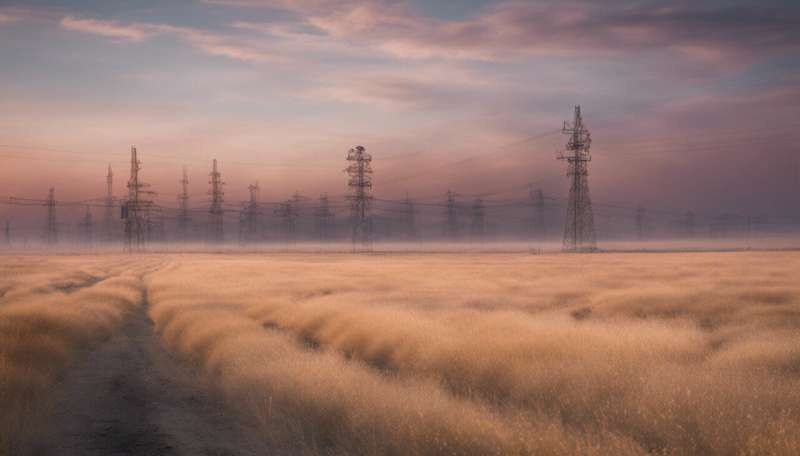Animal feed worse than traffic for San Joaquin Valley smog

A new study identifies cattle feed as a possible culprit in the long-standing mystery of why California's San Joaquin Valley — a moderately-populated agricultural region — has higher levels of ozone (one of the main ingredients in smog) than many densely-populated cities. The report, which explains how fermented cattle feed works with automotive exhausts in forming ozone, is in ACS' Environmental Science & Technology.
Michael Kleeman and colleagues note that high ozone levels in the San Joaquin Valley, which produces 10 percent of America's food, have puzzled scientists for years. Motor vehicles are the major source of smog elsewhere, but the Valley has fewer motor vehicles compared to big urban areas with similar levels of ozone. Suspicion thus fell on farming activities, and the new study investigated the role of fermented livestock feed.
The paper documents emissions of reactive organic gases, which react with combustion emissions and sunlight to form smog, from seven different animal feeds. It shows how fermented feed like silage appears to be the largest man-made source of these organic gases that contribute to ozone formation in the Valley even more than automobiles. The until-now-unrecognized animal-feed factor may account for the failure of traditional vehicle smog control regulations in the Valley, they note.
More information: "Reactive Organic Gas Emissions from Livestock Feed Contribute Significantly to Ozone Production in Central California", Environmental Science & Technology.
Provided by American Chemical Society


















